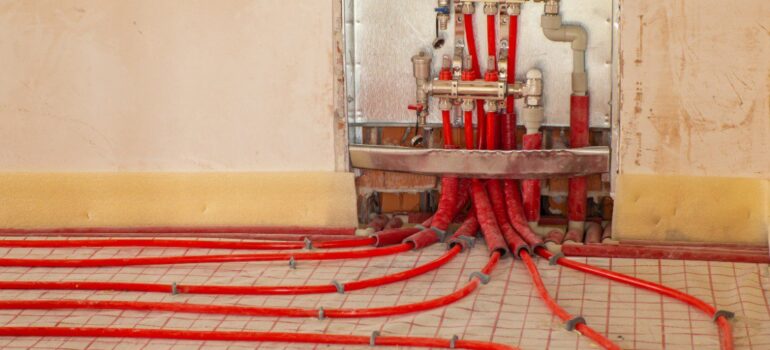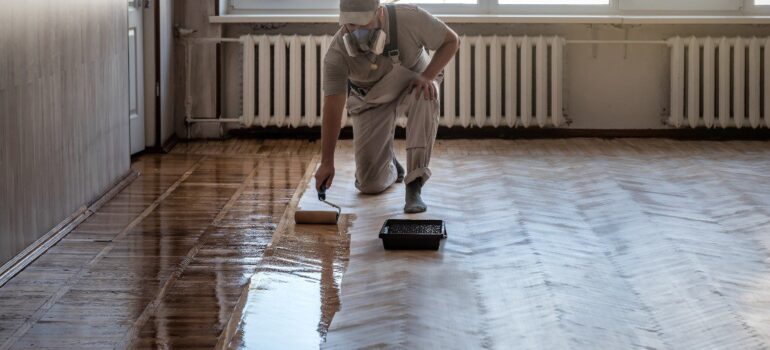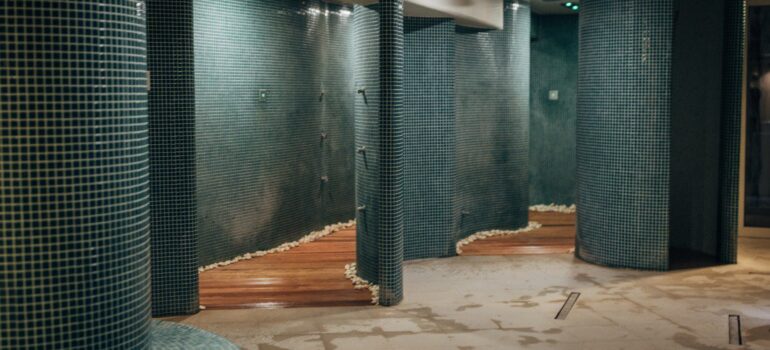Flooring For Shopping Centres And Adjoined Car Parks: What System Do You Need?
Choosing a new flooring system for a shopping centre and adjoining car park is not a decision to take lightly. With several options available, it’s important to choose an investment that aligns with the needs of your space, your floor layout, and the priorities of your retail tenants.











